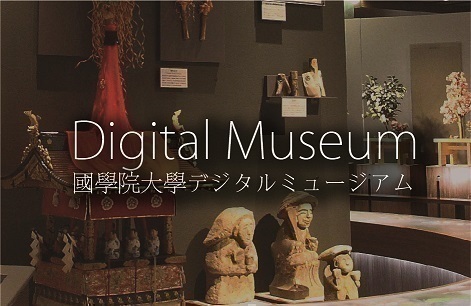- トップ
- Encyclopedia of Shinto
- Shinden
Encyclopedia of Shinto
| Main Menu: | |
| Links: |
詳細表示 (Complete Article)
| カテゴリー1: | 4. Jinja (Shrines) |
|---|---|
| カテゴリー2: | Shrine Architecture |
| Title | Shinden |
| Text | "Divine rice field." A rice paddy where the offerings used in shrine ceremonies are grown, or for otherwise augmenting the various profits of a shrine. Such shrine fields were already provided for as grants from the state under the centralized ritsuryō (administrative and penal laws) established in the 8th century. Under the later system of privatized estates or so-called "manors" (shōen), the nature of divine fields changed, and they became exclusive lands owned by the shrine. It became increasingly common for powerful shrine patrons to dedicate lands to shrines, resulting in the steady expansion of shinden. Most such fields were exempt from the payment of annual tribute taxes by the owner, and field taxes were instead applied to ritual offerings, the repair and rebuilding of shrine structures, and to the stipend of the shrine administrator. Due their nature as sacred lands dedicated to the kami, shinden were in some cases tilled without the use of manure. Dedicated fields were also known by such names as shinsen-den, miyaden, gokūden, and mitoshiro. The term saiden is used to refer to the special fields called yuki and suki, which provided offerings at the time of the Grand Festival of Firstfruits or Daijōsai. See also saiden. — Yumiyama Tatsuya |




